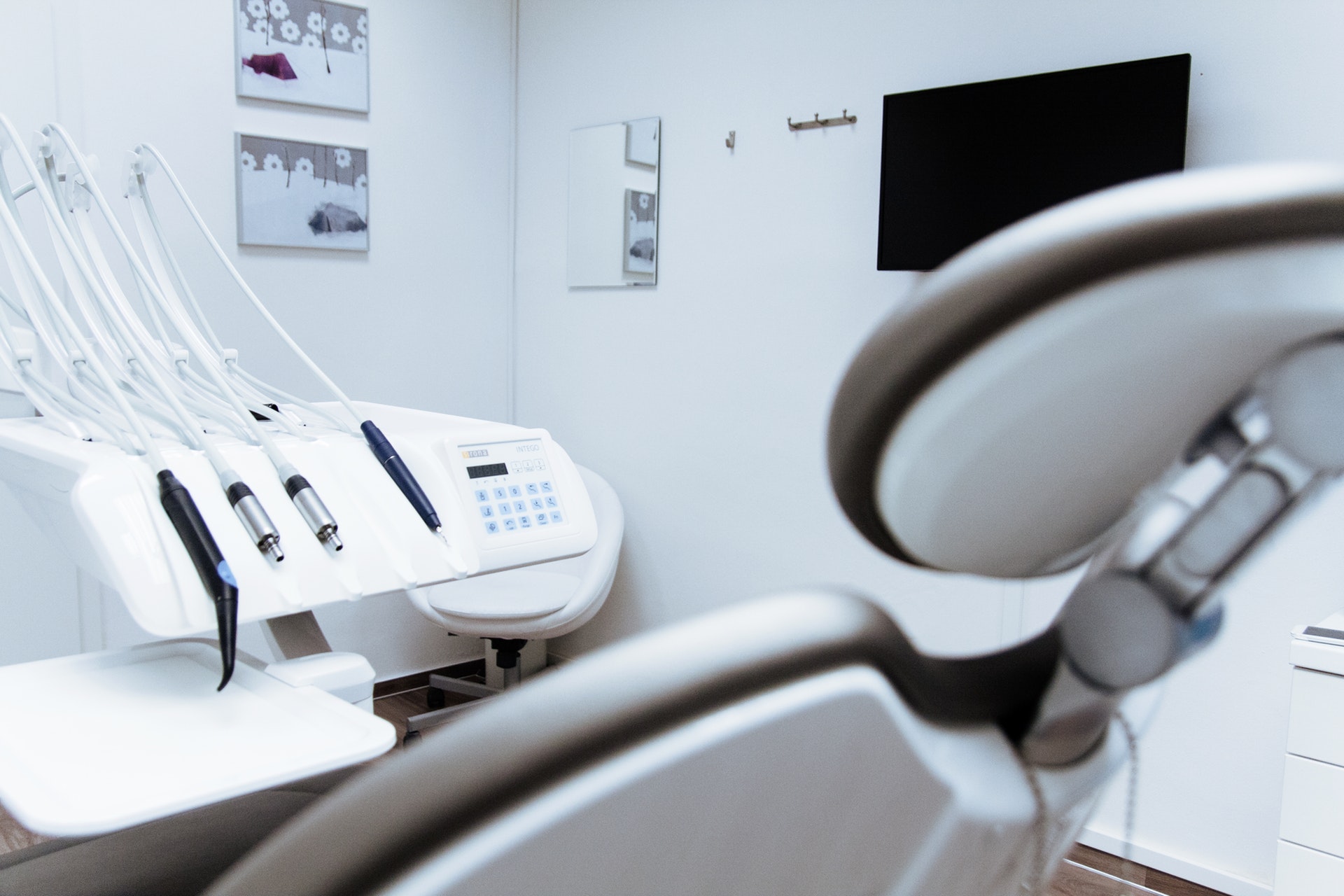The modern healthcare industry is full of digital screens, high-tech machines, and innovations barely even thought of only 10 or 20 years earlier. New medical devices are making both diagnoses and treatments more effective and more efficient, and advances in “peripheral areas” are streamlining the industry as well, if in a more indirect way.
When ultrasounds first appeared and expectant mothers could first see their unborn babies’ forms and movements, or when the advance to high-resolution tablets was made in this arena, that was world-changing both emotionally and as to improvements in prenatal care.
When dental implants first appeared, that revolutionized a major branch of dentistry, allowing for superior tooth restoration and for permanent dentures that would no longer wear down one’s alveolar ridge and have to be replaced every few years.
And when medical records and other documentation began to migrate online, that was a move that had huge impacts on record storage costs and patient mobility, though it also raised the importance of cybersecurity systems.
Here are 8 of the latest advances in the medical world that are making similar game-changing impacts on both patient care and industry management:
1. High-precision Metal Stamping
What does metal stamping have to do with the healthcare industry? A lot. Advanced metal stamping technology is guarding organizational identity and increasing paperwork security.
Biometrics are able to control which individuals in an organization have access to this data or that or are permitted to do certain tasks, but a precisely formed, unique seal formed by advanced metal stamping technology is the best way to handle information security when the whole organization is “signing” off on a transaction. Read more here to find out how it works.
2. UV-C Germicidal LEDs
There is nothing more important in the healthcare industry than sanitation, and a new way to kill germs in hard-to-reach areas is with ultraviolet light emitters. This is a great way to sanitize certain types of equipment.
Currently, UV-C-emitting LED strips are used, but wands and cabinets may soon appear that incorporate this innovative use of LED.
3. Fluorescent Endoscopy
A second new use of light to enhance medical services is fluorescent imaging used with endoscopy devices. The usual forms of light used with these devices cannot indicate whether certain tumor-types are cancerous or benign. But this new technology has malignant tissue distinguished by a green color in the image.
4. Liquid Biopsies
FDA approval of liquid biopsies for cancer diagnosis is as recent as 2016, but there are dozens of health organizations that were already a part of this new development before that date. Instead of using solid tissue samples, now blood, urine, or other body fluids can be used for biopsies.
The result is that patients undergo less risk, and the samples are much easier to acquire. This seemingly simple change will have quite a positive impact on the health industry in the long run.
5. Diabetes Vaccines
Vaccination against Type-1 diabetes? Does that sound impossible? Well, it’s now a reality. There are now two different vaccines that can be taken to help prevent the destruction of insulin-making cells and the development of Type-1 diabetes.
Like any vaccine, there is not a 100% guarantee, but this type of vaccination is already being recommended for high-risk children and others in danger of developing the disease.
6. Opioid-addict Biosensors
Drug addiction is a scourge on our society and a constant struggle for millions of Americans. Treatment and counseling at rehab centers must eventually end in release back into the community and into one’s home.
But treatment and monitoring often must continue. Now, for those recovering from opioid addiction, a new tool may make the process a little easier. Biosensor bracelets can now sense the temperature and “behavior” of skin to detect when a patient is has fallen into an opioid relapse, allowing quicker response to the relapse to occur.
7. Artificial Intelligence (AI)
There is no way to replace human intelligence, but it is also true that human capacity to deal with high-volume information processing is limited. AI is now breaking new ground with robots that can “read” millions of documents in less than 10 seconds.
And AI means robots are learning to do tasks and assist healthcare experts to do tasks that were formerly fully human. Diagnoses, prescriptions, medical record research, and more are all getting help from artificially smart machinery.
8. Robotic Healthcare Staff
Robotic surgeries have been around for awhile, but they are becoming both more common and more complex. They are changing the scene in the surgery room in dramatic ways. Some robot surgeons, for example, have four working arms that can automatically reposition themselves.
But other robots are taking up very different roles in the industry. Tele-presence robots now make doctors able to fully examine patients from a distance, seated at their desk in front of a computer the whole time. And there are now robots that move pharmaceutical supplies, bring meals to patients, or take out the trash. And other robots lift patients out of hospital beds or wheelchairs. The list goes on and on.



Leave a Reply
You must be logged in to post a comment.